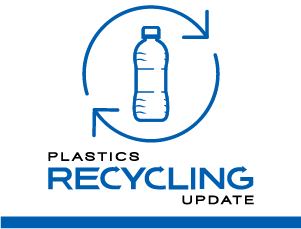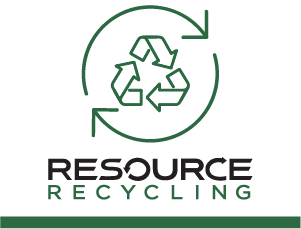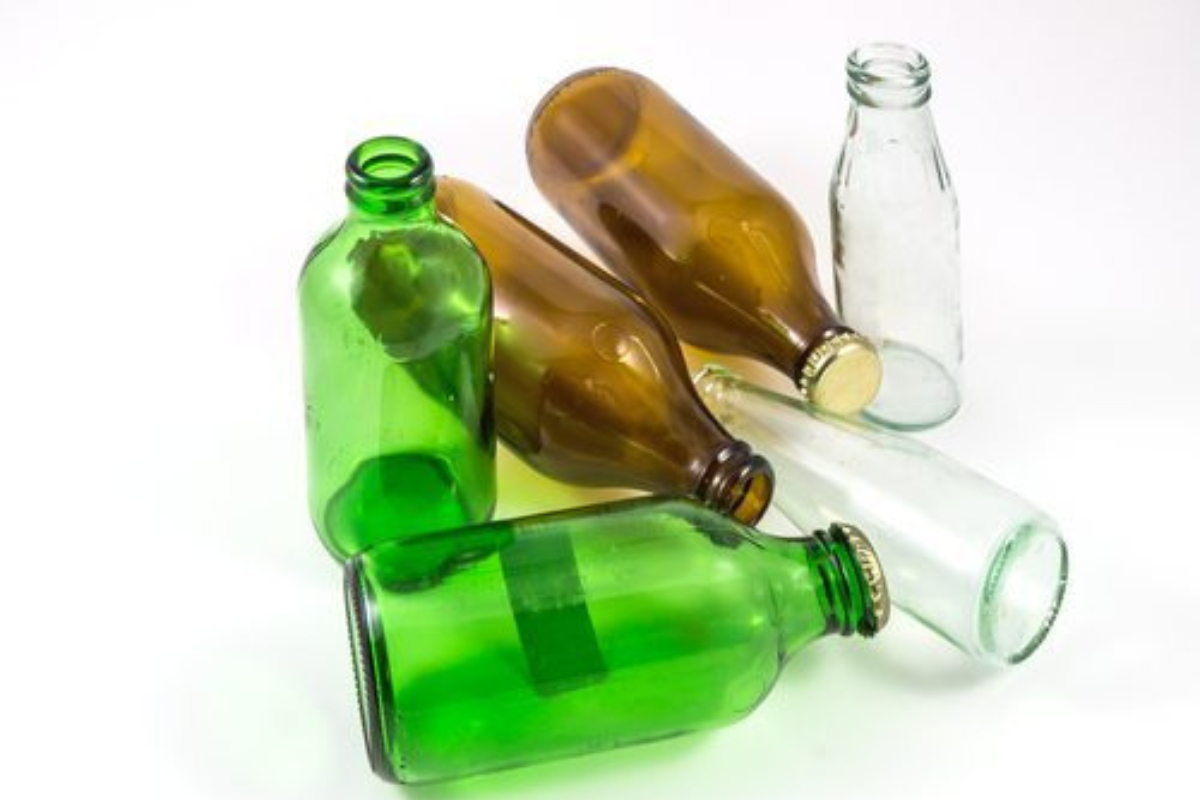As state legislative sessions for the year have largely concluded, supporters of container deposit legislation recently reflected on a year that brought new twists on how bottle bills are proposed and saw support from some unlikely stakeholders.
The Container Recycling Institute (CRI) held a July webinar highlighting several significant container deposit efforts this year, featuring advocates from each state campaign. While the legislative proposals in each state diverged in many ways, they shared a common root cause: Advocates view container deposits as a key tool in combatting environmental pollution.
“This is a critical infrastructure problem, it is not just a horrible nuisance,” said Maia Corbitt, president of Texans for Clean Water, showing photo after photo of marine pollution on Texas bayous. Corbitt noted studies have shown that 85% of the material that ends up in Texas waterways is beverage containers and other away-from-home packaging.
Texas proposal draws industry support, but clock runs out
In Texas, House Bill 2048, would have had producers form a 501(c)3 producer responsibility organization, which would have broad flexibility to design a container refund system as the group sees fit. There would be no legislatively set refund amount, “with the thought that market forces would define what that deposit should be,” Corbitt explained. That approach also would allow the PRO flexibility to adjust the rate without returning to the legislature each time.
Under the proposal, the PRO would keep unredeemed deposits and the scrap value of the redeemed containers, investing the money into the deposit system. Corbitt said the state would need roughly $135 million to build out collection infrastructure to bring back those containers. Meanwhile, CRI has calculated the state is losing $395 million per year in scrap value from containers that are not captured.
The bill received broad bipartisan support in the legislature and also drew support from “a good spectrum of industry,” Corbitt noted. It still faced opposition in the alcohol beverage industry – long a major opponent of container deposits – and from a state metals recycling association, which expressed concern that introducing more aluminum into the market would lower scrap prices.
The latter was a good example that “some folks, you’re just never going to get on your side,” Corbitt noted, because getting more material into some sectors will be at odds with some businesses’ needs.
The bill received hearings in both chambers but ultimately was not brought to a vote by the deadline before the session concluded.
Corbitt noted an opportunity this month to revive the proposal: A special session convenes July 21, during which any bill can be brought up by the legislature, but only bills that the governor selects will face a vote.
Maryland: Movement, but stalled in committee
In Maryland, advocates have been trying to pass a container deposit system since the 1980s, said Martha Ainsworth, chair of Maryland Sierra Club’s Zero Waste Team. As in Texas, advocates view it as a tool to address pollution entering Maryland’s waterways, including Chesapeake Bay, which Ainsworth pointed out is the largest estuary in the U.S.
“We’re in dire need of this bill,” Ainsworth said. “Plastic pollution, harm to wildlife and human health, waste and resources, greenhouse gas emissions, are all very important reasons why we need to pass a bottle bill in Maryland.”
The latest container deposit proposal built on efforts in 2023 and 2024, which were the first resurgence in container deposit legislative activity since 2016. That meant a number of lawmakers were not familiar with the concept, Ainsworth said.
As proposed in 2025, the bill would cover all beverages under 3 liters in metal, glass or plastic containers, exempting only medicine and baby formula. It would enact a split deposit value, with 10 cents for smaller containers and 15 cents for those above 24 ounces and under 3 liters.
Perhaps most striking, it sets an enforceable target of 90% redemption within the first five years of the program. That would put it among the highest performing container deposit systems in the country. The penalty would be the deposit rate multiplied by the number of containers the program fell short of recovering to hit 90% redemption.
The bill gained “real momentum” in 2025, Ainsworth said, eventually passing the state’s House Environment and Transportation Committee on a 17-6 vote — the farthest a container deposit proposal has gone in Maryland in recent history. Ultimately, though, it died in committee when the House Economic Matters Committee declined to hold a vote.
Meanwhile, lawmakers did pass EPR for packaging in the 2025 session. Ainsworth said the bottle bill advocates still view the container deposit legislation as necessary and that the two systems would complement each other. She noted the final approved EPR bill includes language specifying it does not cover containers that are covered by a separate deposit program, which the advocates view as a win.
Other state activity
In Rhode Island, advocates view container deposits as a tool to extend the life of the state’s only landfill, which could hit capacity anywhere between 2036 and 2060, said Emily Howe, Rhode Island state director for Clean Water Action.
“Those are very scary numbers,” she said. With that looming landfill closure in mind, and understanding the state’s recycling rate is relatively low at 28%, advocates pursued a less stringent bottle bill this year. One example of the different approach was rather than requiring retail locations to take back containers, the legislation modeled collection after the CLYNK bag drop model in Maine.
Rhode Island’s bill was ultimately amended late in the session to become a needs assessment, with final findings and recommendations due by Dec. 1, 2026.
Susan Collins, president of CRI, gave a rundown of other significant legislation the organization tracked this year, including:
- Senate Bill 45 in California, which would require beverage containers to have tethered caps beginning in 2027. It is currently held on “suspense file,” which means it is unclear when or whether it will move.
- Senate Bill 633 in California, which covers imports of post-consumer recycled plastic. Spurred by an increase in recycled resin imports, the bill would require manufacturers to report to the California Department of Resources Recycling and Recovery (CalRecycle) the amount of imported PCR they used for beverage containers, by country of origin. The bill is still active and had a committee hearing on July 14.
- Senate Bill 674 in California, which reduces the current 25-cent deposit value to 10 cents for a small group of wine and spirits containers that are boxes, bladders or pouches. The bill has been re-referred to the Senate Appropriations Committee.
- Assembly Bill 899, which authorizes CalRecycle to increase the payments from $50 to $150 per ton for glass recycled through the state redemption program. The bill has a committee hearing July 16.
- Senate Bill 992 in Oregon, which approves an alternative redemption center model in Portland. The bill was signed by the state’s governor.
- Senate Bill 5684 in New York, which would add additional containers to the program, increase the handling fee, add a refillable component and create performance standards. The bill is dead for the year.


























